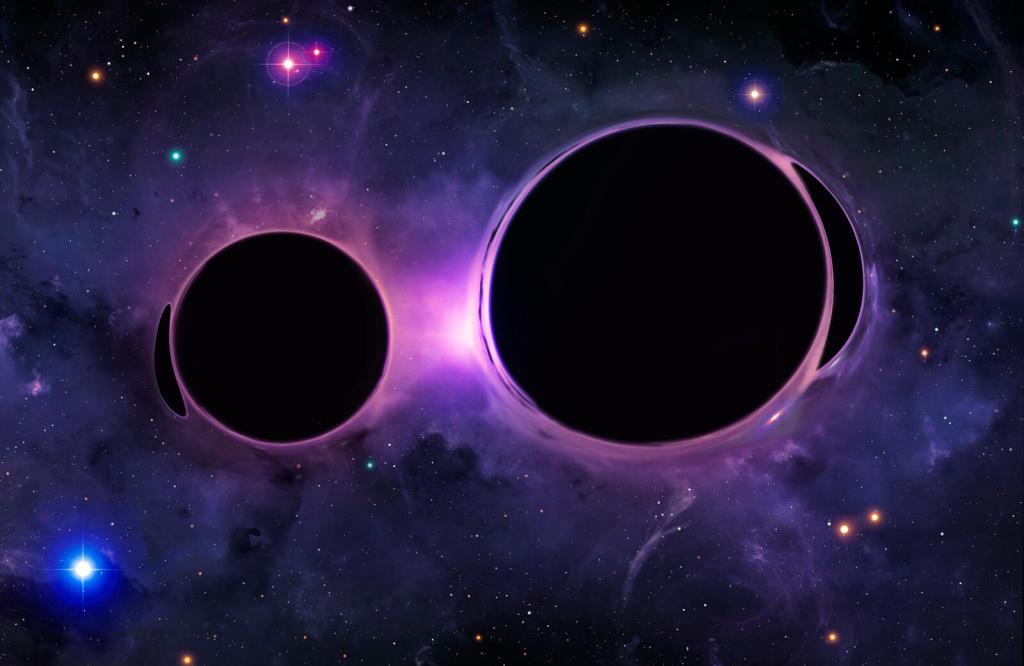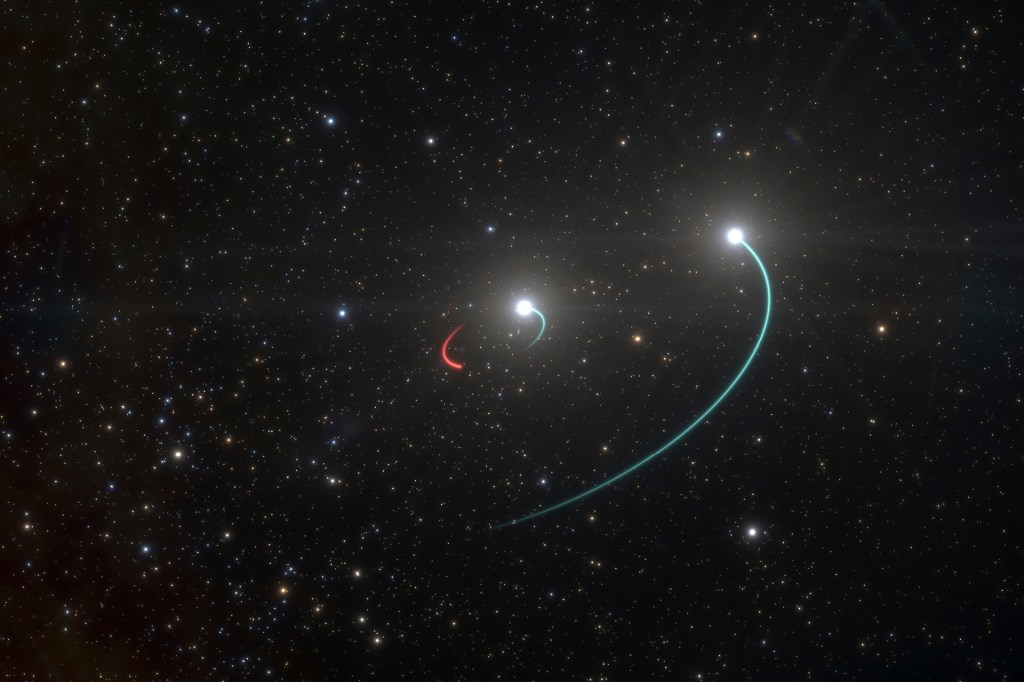8 Questions for Daniel Holz

Daniel Holz is an astrophysicist at the University of Chicago, in Illinois. He’s also a member of LIGO, an observatory that studies black holes. He spoke with TFK Kid Reporter Miguel Madero.
1. What is a black hole?
A black hole is a region of space where gravity
gravity
 ESCAPE
a natural force that attracts all objects with mass toward each other
(noun)
Waterslide designers rely on gravity to get riders from the top of the slide to the bottom.
is so strong that nothing can escape it, not even light.
ESCAPE
a natural force that attracts all objects with mass toward each other
(noun)
Waterslide designers rely on gravity to get riders from the top of the slide to the bottom.
is so strong that nothing can escape it, not even light.
2. Can you explain what that means?
Say you’re standing on the surface of the Earth. If you could make a super-high jump, you could get off the Earth and go into space, like a rocket. But near the surface of a black hole, the gravity is so strong that even if you went as fast as possible—at the speed of light—you still wouldn’t be able to get away.
So no light comes out of a black hole. It’s perfectly dark. But we can see its effect on other things. We think there’s a huge black hole at the center of our galaxy. We can see stars orbiting it, like the Earth goes around the sun.
3. What happens if a planet or star gets pulled into a black hole?
If any object falls in, it gets stretched out into individual atoms
atom
 LILLY3/GETTY IMAGES
the smallest particle of an element
(noun)
To create a water molecule, two hydrogen atoms combine with one oxygen atom.
, and even the atoms get ripped apart. We don’t know what happens after that.
LILLY3/GETTY IMAGES
the smallest particle of an element
(noun)
To create a water molecule, two hydrogen atoms combine with one oxygen atom.
, and even the atoms get ripped apart. We don’t know what happens after that.
4. Are there any black holes close to Earth?
Fortunately, no. But we think there are lots of black holes in our Milky Way galaxy. The nearest are hundreds of light-years away. That’s far. One light-year is about 6 trillion miles. So, at the speed of light, it would take hundreds of years to get to these black holes. It would take 25,000 years to get to the huge black hole at the center of our galaxy.

5. How do black holes form?
We think they are formed by the death of stars. Stars burn, and that’s why they glow. Eventually they run out of fuel and collapse. When stars collapse, some form black holes.
6. What is LIGO, and how does it work?
LIGO is short for Laser Interferometer Gravitational-wave Observatory. There are actually two LIGOs: one is in Washington State and one is in Louisiana.
LIGO is sort of like a telescope. But instead of looking for light from distant stars and galaxies, it listens for gravitational waves caused by black holes. Now, these waves are not sound. They’re ripples in the fabric of the universe. LIGO uses powerful lasers and mirrors to detect these ripples.
7. What discoveries has LIGO made?
LIGO has detected black holes of all sizes. Recently, we found one that was about 85 times the mass of the sun. That’s like taking 85 of our suns and crunching them down into one black hole. That’s big. There was another black hole spiraling into it. That one was 60 to 65 times the mass of the sun.
8. Why is this discovery important?
We think black holes form when stars collapse. But we also think that collapsing stars can’t make black holes that are 85 times the mass of the sun. They would blow up first. That means there must be some other way to make black holes that we don’t know about yet. That’s exciting, because now we have to figure out what’s going on.
This interview has been edited for length and clarity.













